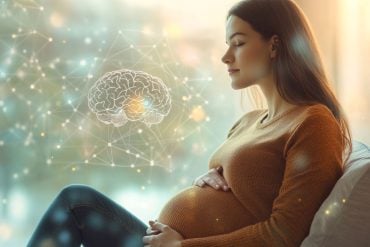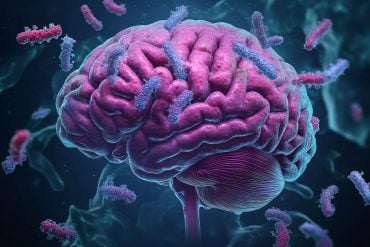Summary: Study reveals why human brains are so good at learning. The findings could help with the development of more efficient AI models.
Source: Imperial College London
The new study found that by tweaking the electrical properties of individual cells in simulations of brain networks, the networks learned faster than simulations with identical cells.
They also found that the networks needed fewer of the tweaked cells to get the same results, and that the method is less energy intensive than models with identical cells.
The authors say that their findings could teach us about why our brains are so good at learning, and might also help us to build better artificially intelligent systems, such as digital assistants that can recognise voices and faces, or self-driving car technology.
First author Nicolas Perez, a PhD student at Imperial College London’s Department of Electrical and Electronic Engineering, said: “The brain needs to be energy efficient while still being able to excel at solving complex tasks. Our work suggests that having a diversity of neurons in both brains and AI systems fulfils both these requirements and could boost learning.”
The research is published in Nature Communications.
Why is a neuron like a snowflake?
The brain is made up of billions of cells called neurons, which are connected by vast ‘neural networks’ that allow us to learn about the world. Neurons are like snowflakes: they look the same from a distance but on further inspection it’s clear that no two are exactly alike.
By contrast, each cell in an artificial neural network – the technology on which AI is based – is identical, with only their connectivity varying. Despite the speed at which AI technology is advancing, their neural networks do not learn as accurately or quickly as the human brain – and the researchers wondered if their lack of cell variability might be a culprit.
They set out to study whether emulating the brain by varying neural network cell properties could boost learning in AI. They found that the variability in the cells improved their learning and reduced energy consumption.
Lead author Dr Dan Goodman, of Imperial’s Department of Electrical and Electronic Engineering, said: “Evolution has given us incredible brain functions – most of which we are only just beginning to understand. Our research suggests that we can learn vital lessons from our own biology to make AI work better for us.”
Tweaked timing
To carry out the study, the researchers focused on tweaking the “time constant” – that is, how quickly each cell decides what it wants to do based on what the cells connected to it are doing. Some cells will decide very quickly, looking only at what the connected cells have just done. Other cells will be slower to react, basing their decision on what other cells have been doing for a while.
After varying the cells’ time constants, they tasked
the network with performing some benchmark machine learning tasks: to classify images of clothing and handwritten digits; to recognise human gestures; and to identify spoken digits and commands.

The results show that by allowing the network to combine slow and fast information, it was better able to solve tasks in more complicated, real-world settings.
When they changed the amount of variability in the simulated networks, they found that the ones that performed best matched the amount of variability seen in the brain, suggesting that the brain may have evolved to have just the right amount of variability for optimal learning.
Nicolas added: “We demonstrated that AI can be brought closer to how our brains work by emulating certain brain properties. However, current AI systems are far from achieving the level of energy efficiency that we find in biological systems.
“Next, we will look at how to reduce the energy consumption of these networks to get AI networks closer to performing as efficiently as the brain.”
Funding: This research was funded by the Engineering and Physical Sciences Research Council and Imperial College President’s PhD Scholarship.
About this AI research news
Author: Caroline Brogan
Source: Imperial College London
Contact: Caroline Brogan – Imperial College London
Image: The image is in the public domain
Original Research: Open access.
“Neural heterogeneity promotes robust learning” by Nicolas Perez et al. Nature Communications
Abstract
Neural heterogeneity promotes robust learning
The brain is a hugely diverse, heterogeneous structure. Whether or not heterogeneity at the neural level plays a functional role remains unclear, and has been relatively little explored in models which are often highly homogeneous.
We compared the performance of spiking neural networks trained to carry out tasks of real-world difficulty, with varying degrees of heterogeneity, and found that heterogeneity substantially improved task performance.
Learning with heterogeneity was more stable and robust, particularly for tasks with a rich temporal structure. In addition, the distribution of neuronal parameters in the trained networks is similar to those observed experimentally.
We suggest that the heterogeneity observed in the brain may be more than just the byproduct of noisy processes, but rather may serve an active and important role in allowing animals to learn in changing environments.






